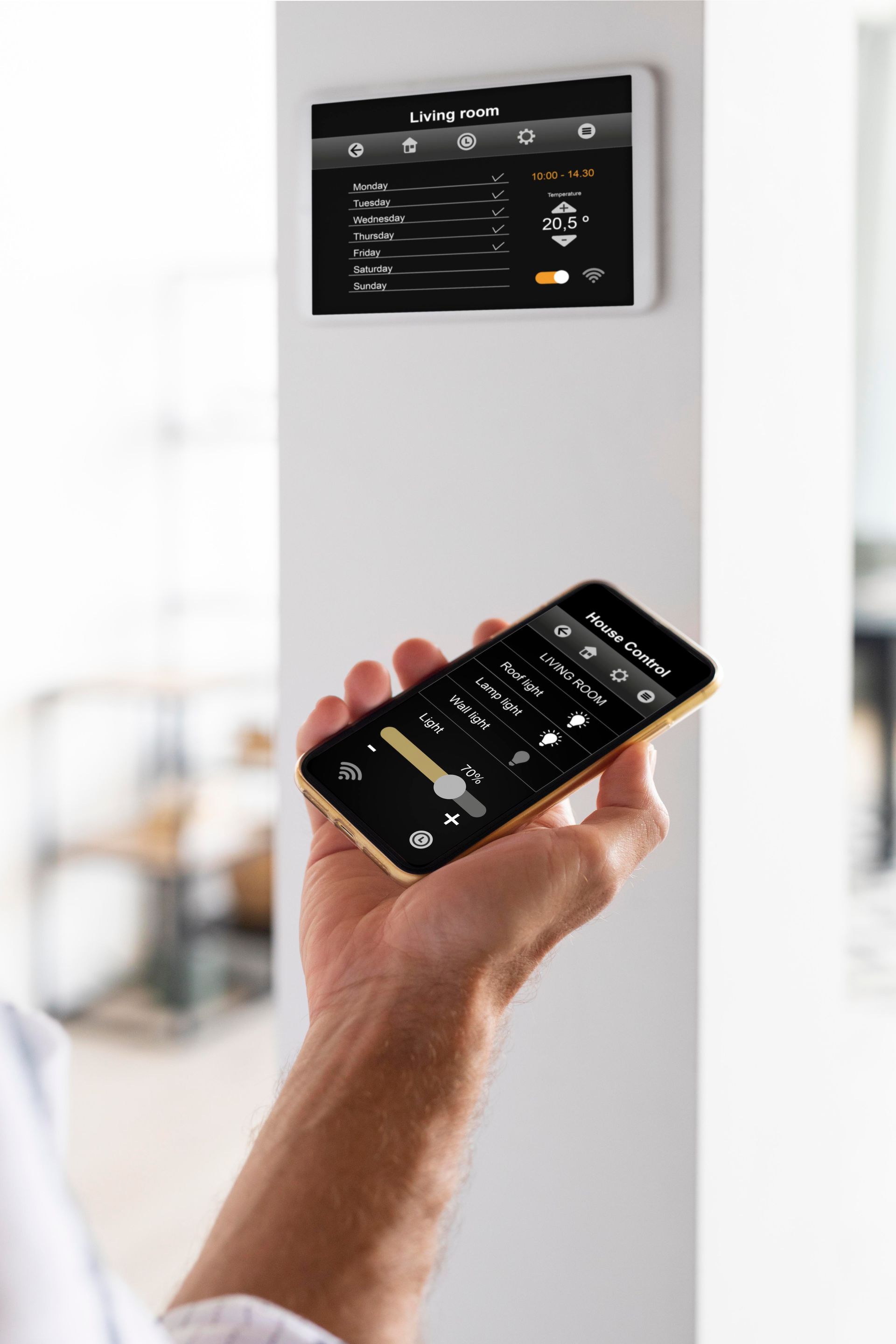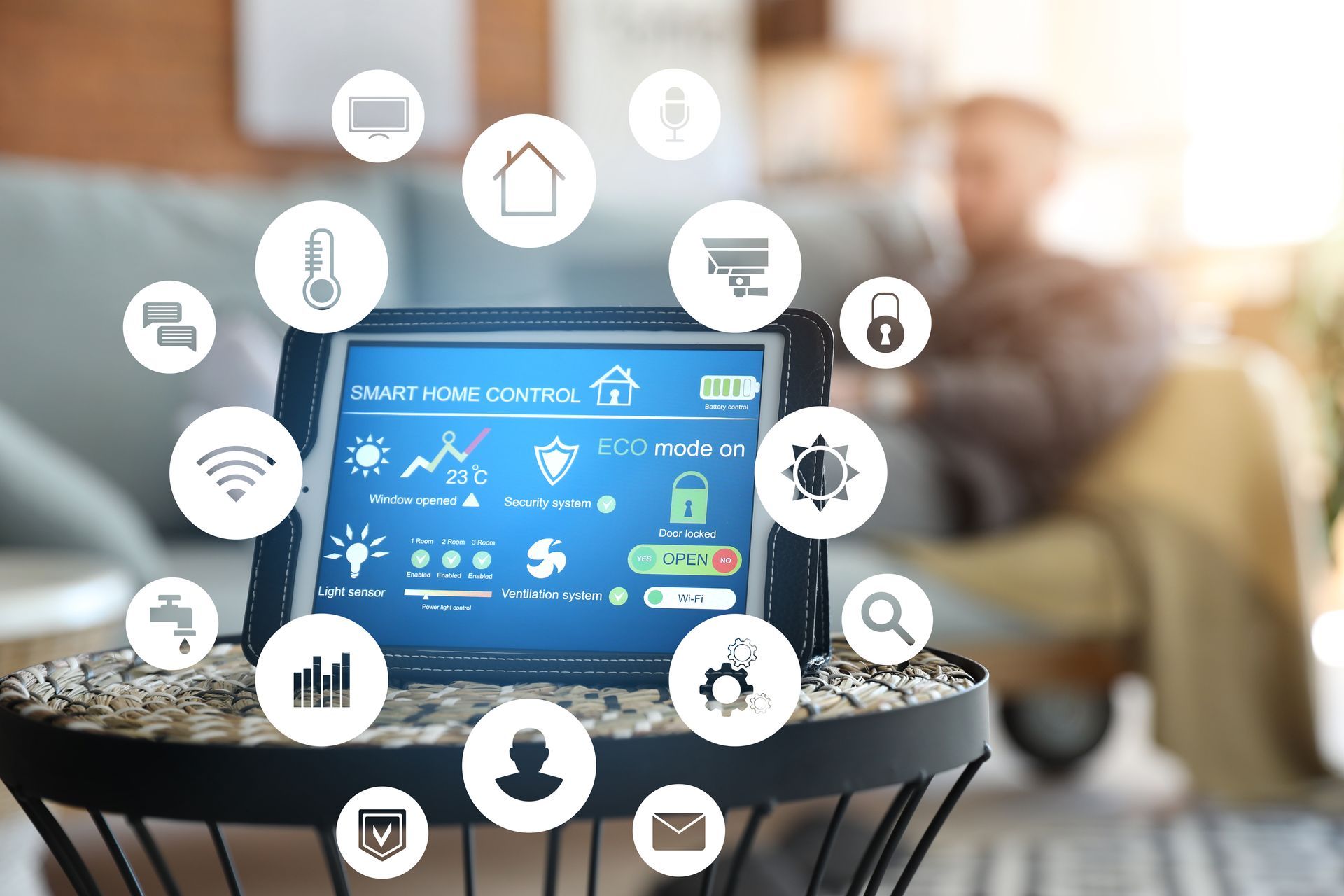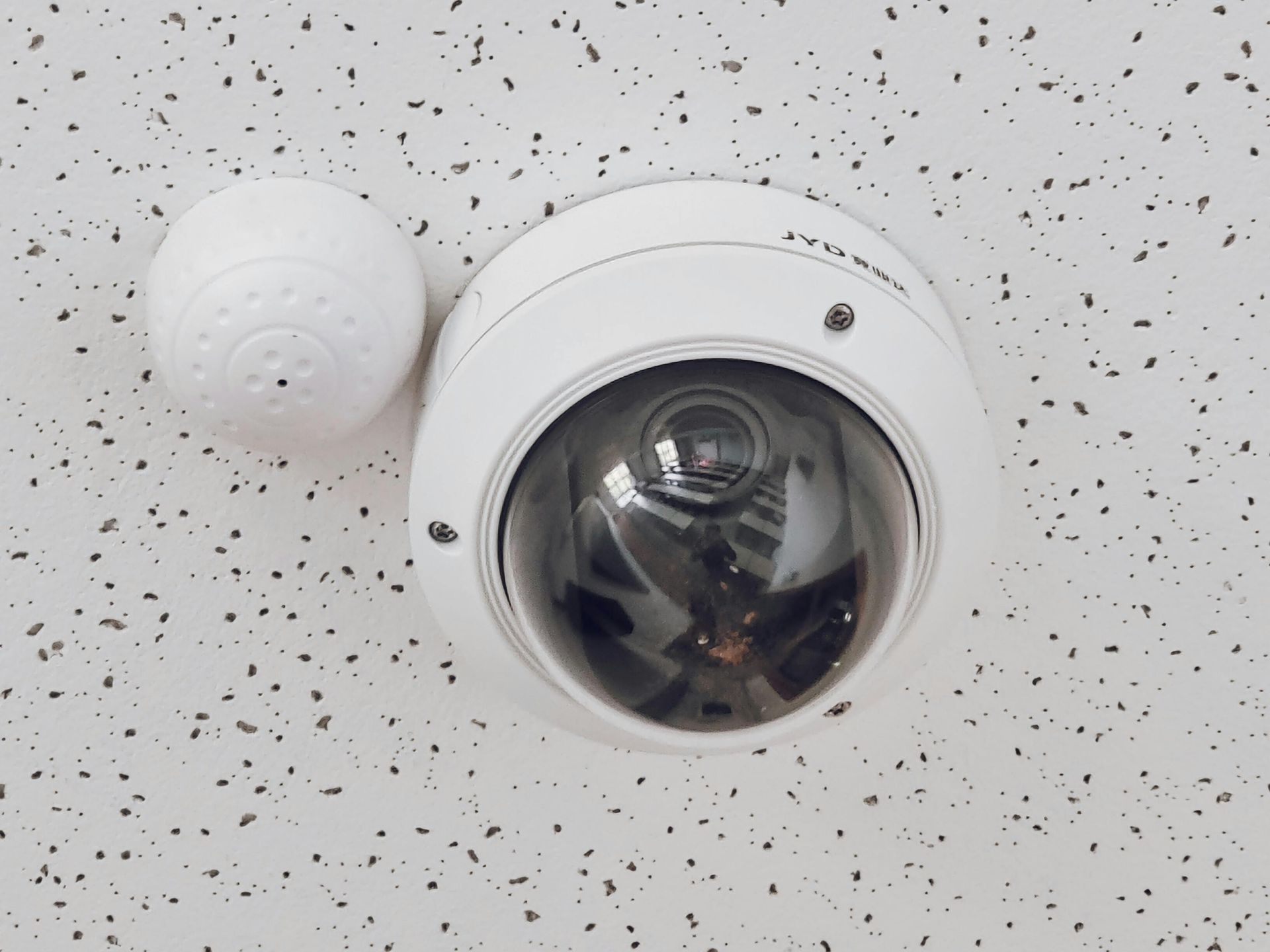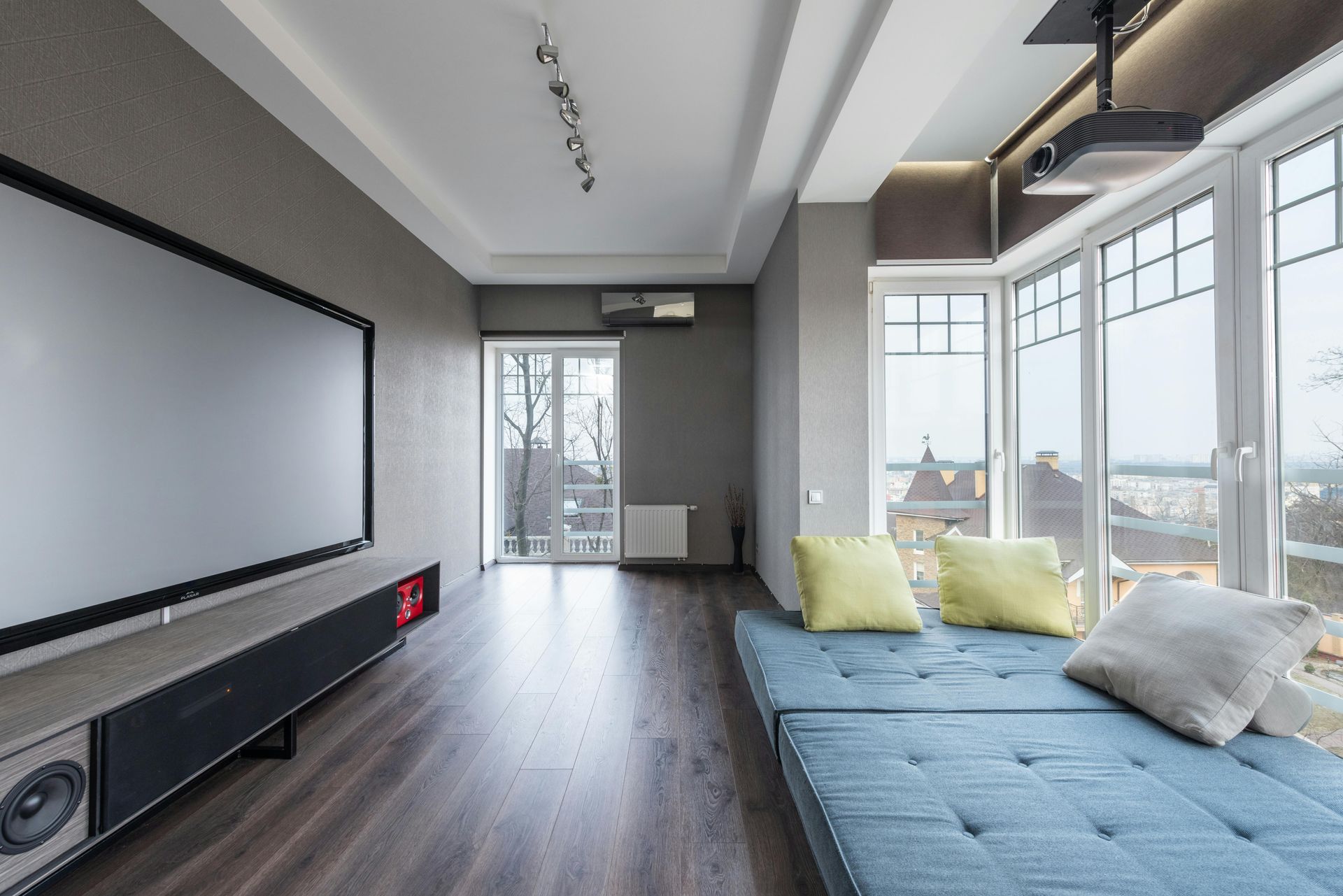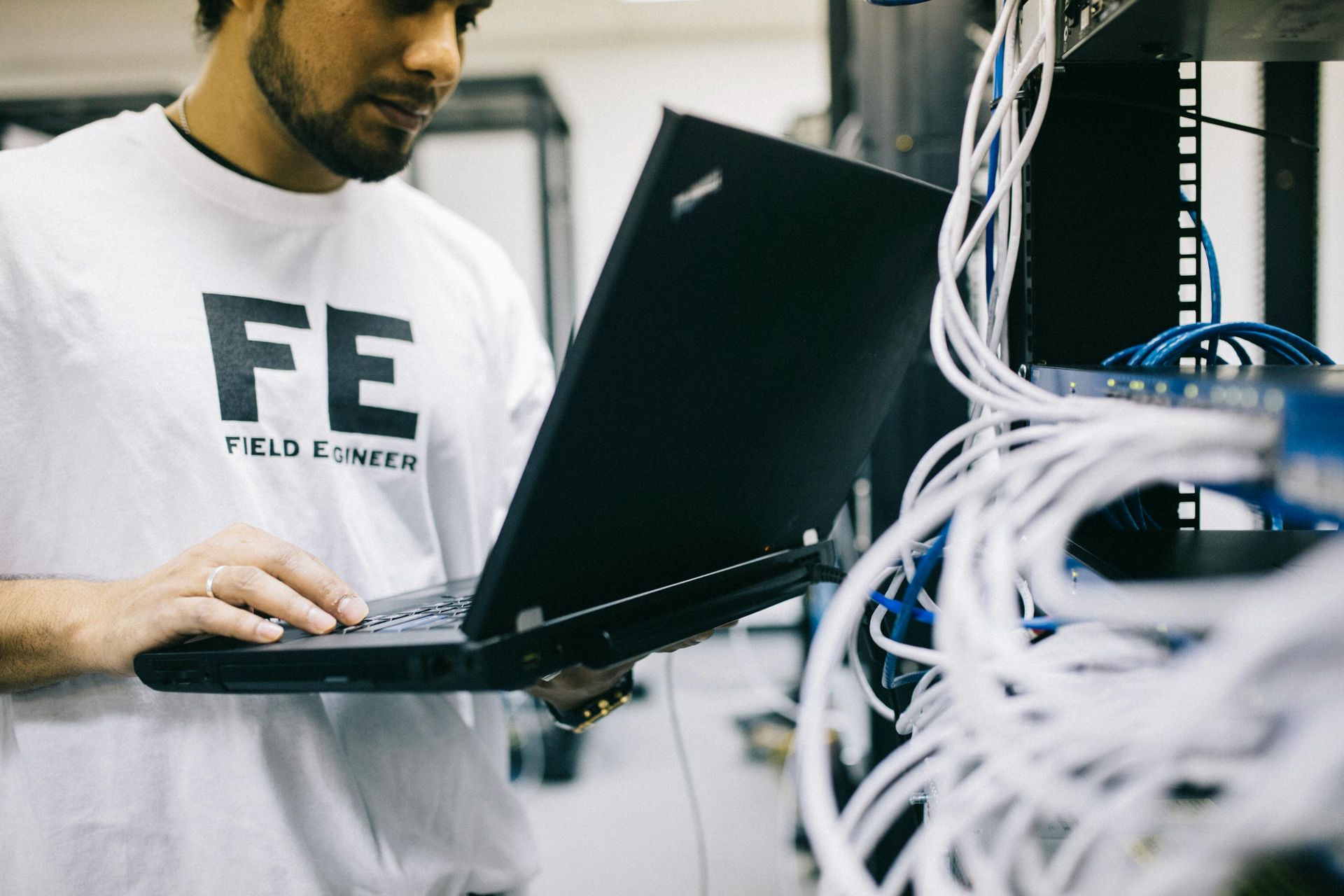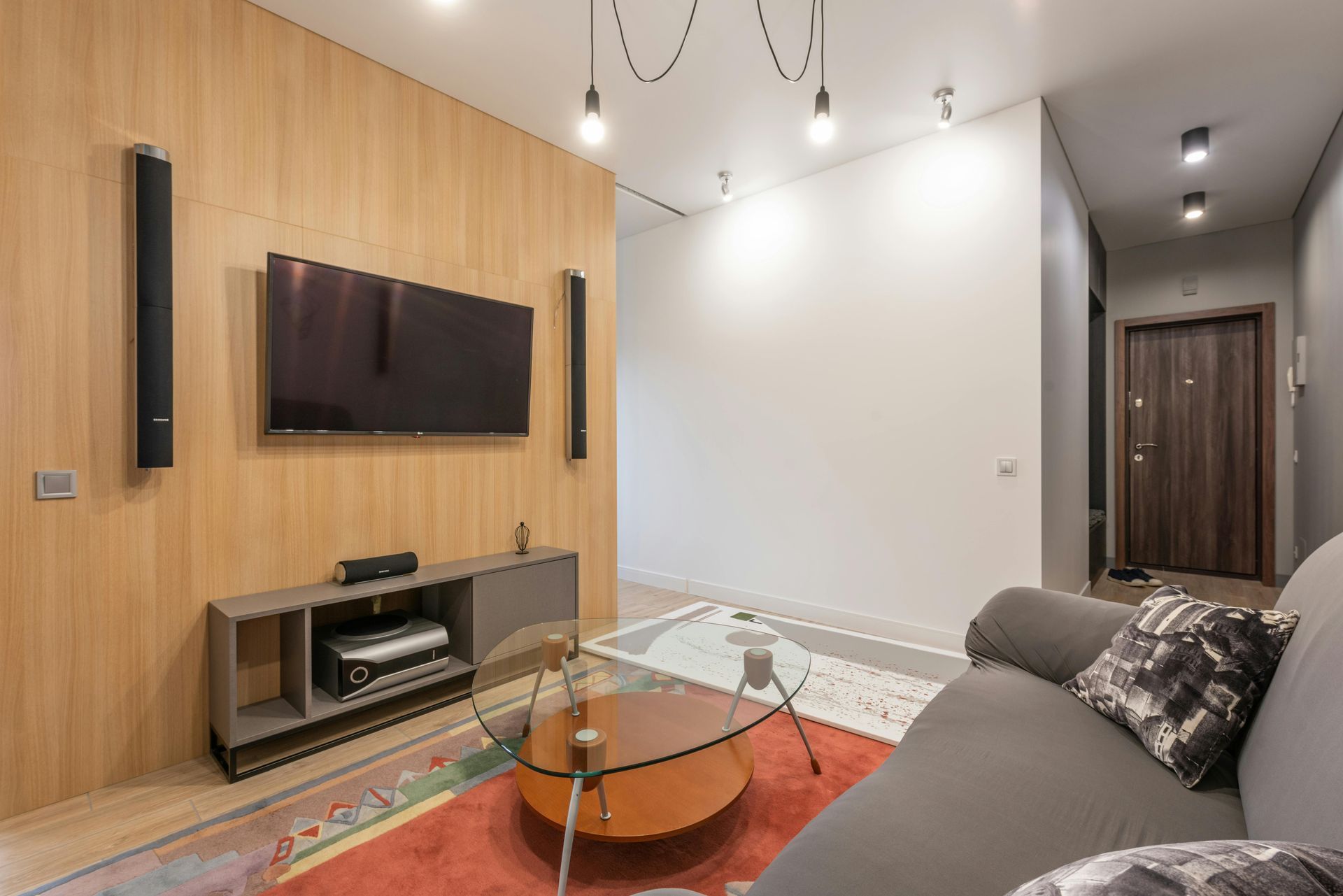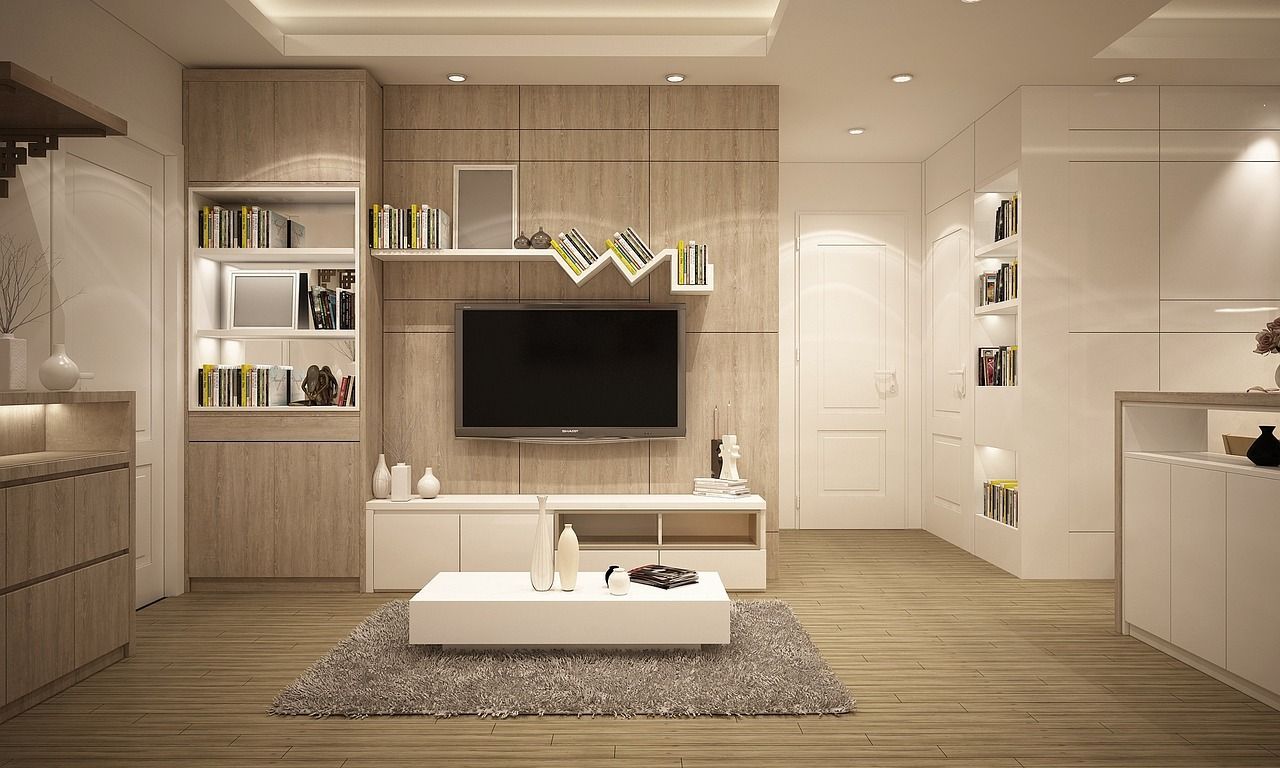GorskiVision, LLC
New Paragraph
Best Practices for Integrating Smart Home Devices
Smart home technology has come a long way from the days of simple timers and clunky remotes. Today, homeowners can control lights, locks, thermostats, cameras, and even coffee makers with just a tap on their smartphone or a quick voice command. But with so many devices on the market, the real challenge isn’t buying smart gadgets, it’s getting them to work together seamlessly. That’s where smart home integration services and experienced smart home integrators come in.
If you’ve ever felt like your smart home devices aren’t living up to their potential, this guide is for you. We’ll cover best practices for creating a truly connected home, highlight the role of professional
home automation contractors, and share some practical tips to make sure your tech works smarter, not harder.
Why Smart Home Integration Matters
You might think that simply owning smart devices means your home is “smart.” But without proper integration, you’re really just managing a collection of disconnected gadgets. True smart home integration creates a unified system where all your devices communicate and work together.
Benefits of proper integration:
- Convenience: One app or hub controls everything, instead of juggling ten different apps.
- Energy Efficiency: Devices like smart thermostats and lighting systems work together to save energy.
- Security: Integrated systems can link security cameras, alarms, and smart locks for better protection.
- Customization: Automation rules let you create routines, like lights turning on when you unlock the door.
Without integration, you risk turning your dream smart home into a digital version of the Tower of Babel. Everything works, but nothing speaks the same language. That’s why professional smart home integration services are such a game-changer.
Step 1: Start with a Smart Home Plan
Jumping straight into buying devices without a plan often leads to frustration. It’s like building a house without blueprints. You may end up with a lot of gadgets that don’t communicate with each other or overlap in functionality.
Tips for creating a smart home plan:
- Identify Priorities: Do you care most about security, convenience, entertainment, or energy savings?
- Consider Compatibility: Check which devices work with platforms like Alexa, Google Home, or Apple HomeKit.
- Budget Wisely: It’s easy to overspend when shopping for the latest tech. Focus on essentials first.
- Think Long-Term: Choose systems that allow upgrades as technology evolves.
Working with
home automation contractors can help ensure your plan is realistic, scalable, and tailored to your specific lifestyle.
Step 2: Choose the Right Smart Home Hub
Your smart home hub is like the conductor of your connected orchestra. It makes sure all your devices play nicely together. Without it, you’ll end up manually controlling everything, which defeats the purpose of automation.
Popular types of hubs:
- Voice Assistant Hubs: Amazon Echo, Google Nest Hub, Apple HomePod. Great for convenience and basic automation.
- Dedicated Smart Hubs: Samsung SmartThings, Hubitat. Better for complex automation and wider compatibility.
- Hybrid Hubs: Some security systems and entertainment systems act as hubs too.
Professional
smart home integrators can recommend which hub is best based on your devices and needs. Think of them as your tech matchmakers.
Step 3: Network Matters More Than You Think
Smart devices rely heavily on your home WiFi, and if your network isn’t strong, your devices won’t be either. It’s one of the most overlooked aspects of smart home integration.
Best practices for network readiness:
- Use a Strong Router: Outdated routers can’t handle multiple smart devices.
- Add Access Points or Mesh Systems: Eliminate dead zones in larger homes.
- Prioritize Security: Set up strong passwords and guest networks for visitors.
- Consider Wired Connections: For devices like security cameras, wired connections provide more reliability.
This is where smart home integration services often overlap with home networking. Many contractors offer both because the two go hand-in-hand.
Step 4: Group Devices by Function
Instead of thinking about each device individually, it helps to group them by category. This makes automation easier and more logical.
Common categories for smart home devices:
- Security: Cameras, locks, motion detectors, alarms.
- Lighting: Smart bulbs, switches, dimmers.
- Climate Control: Thermostats, fans, window shades.
- Entertainment: Speakers, TVs, projectors.
- Appliances: Coffee makers, vacuums, ovens.
By grouping, you can create smart routines. For example, a “Goodnight” routine might lock the doors, lower the thermostat, and turn off all lights with one voice command.
Step 5: Prioritize Security and Privacy
Smart homes bring convenience, but they also introduce new risks. The last thing you want is for your connected door lock or security camera to be hacked.
Security tips for smart home integration:
- Secure Your WiFi: Always use WPA2 or WPA3 encryption.
- Use Unique Passwords: Never reuse passwords across devices.
- Enable Two-Factor Authentication: Adds an extra layer of security.
- Keep Software Updated: Outdated firmware leaves devices vulnerable.
- Limit Access: Create guest accounts instead of sharing your main login.
Professional home automation contractors can configure your system with security in mind, reducing risks from the start.
Step 6: Automate Routines and Scenarios
The beauty of a smart home is automation. Once your devices are integrated, you can set up scenarios that make daily life easier.
Examples of automation routines:
- Good Morning: Lights gradually turn on, thermostat warms up, and your coffee maker starts brewing.
- Away Mode: Doors lock, cameras activate, and lights randomly turn on to mimic someone being home.
- Movie Night: Lights dim, the TV powers on, and speakers activate with one command.
- Energy Saver: Thermostat lowers and lights switch off when no one is home.
This is where creativity comes into play. Think about the tasks you repeat daily and let your smart home handle them.
Step 7: Know When to Call in the Pros
While it’s possible to DIY some parts of your smart home, full integration can be complicated. If you’re dealing with multiple devices, complex automations, or security concerns, it’s best to call professional smart home integrators.
Benefits of hiring experts:
- Seamless Integration: They ensure everything works together without glitches.
- Customization: They design systems tailored to your lifestyle.
- Support: If something breaks, you have someone to call.
- Future-Proofing: Contractors keep you updated on the latest tech advancements.
Think of it this way: you wouldn’t build your own plumbing or electrical system without help. Your smart home deserves the same level of expertise.
Bring Your Smart Home Vision to Life in Pompton Lakes, NJ
Ready to turn your collection of smart devices into a fully connected, automated system? The team at GorskiVision specializes in smart home integration services that make your technology work together seamlessly. Our experienced home automation contractors and smart home integrators design, install, and support systems that fit your lifestyle. Call us today at (973) 291-2445 to get started with a smart home that truly makes life easier.
Along with smart home integration, GorskiVision also provides
Audio/Video Installation,
Small Network Installation, and
Security Camera Installation for homeowners and businesses in Pompton Lakes, NJ, and the surrounding areas. Whether you want a smarter living room, a safer home, or a more reliable network, we’ve got you covered.
FAQs
Do I need a hub for all smart home devices?
Not always. Some devices connect directly to WiFi or Bluetooth, but a hub often makes integration smoother and allows for more advanced automation.
How do I know if my devices are compatible?
Check the manufacturer’s specs for compatibility with platforms like Alexa, Google Home, or Apple HomeKit. Smart home integrators can also verify compatibility before installation.
Can smart homes save energy?
Yes, when properly integrated. Devices like smart thermostats and lighting systems adjust automatically to reduce energy use, which can lower your utility bills.
Is smart home technology difficult to maintain?
Most devices only need occasional updates, which happen automatically. With professional setup, maintenance is minimal.
Can I start small and expand my smart home later?
Absolutely. Many homeowners start with one area, like lighting or security, and expand as their budget and needs grow. A good plan ensures everything scales easily.


